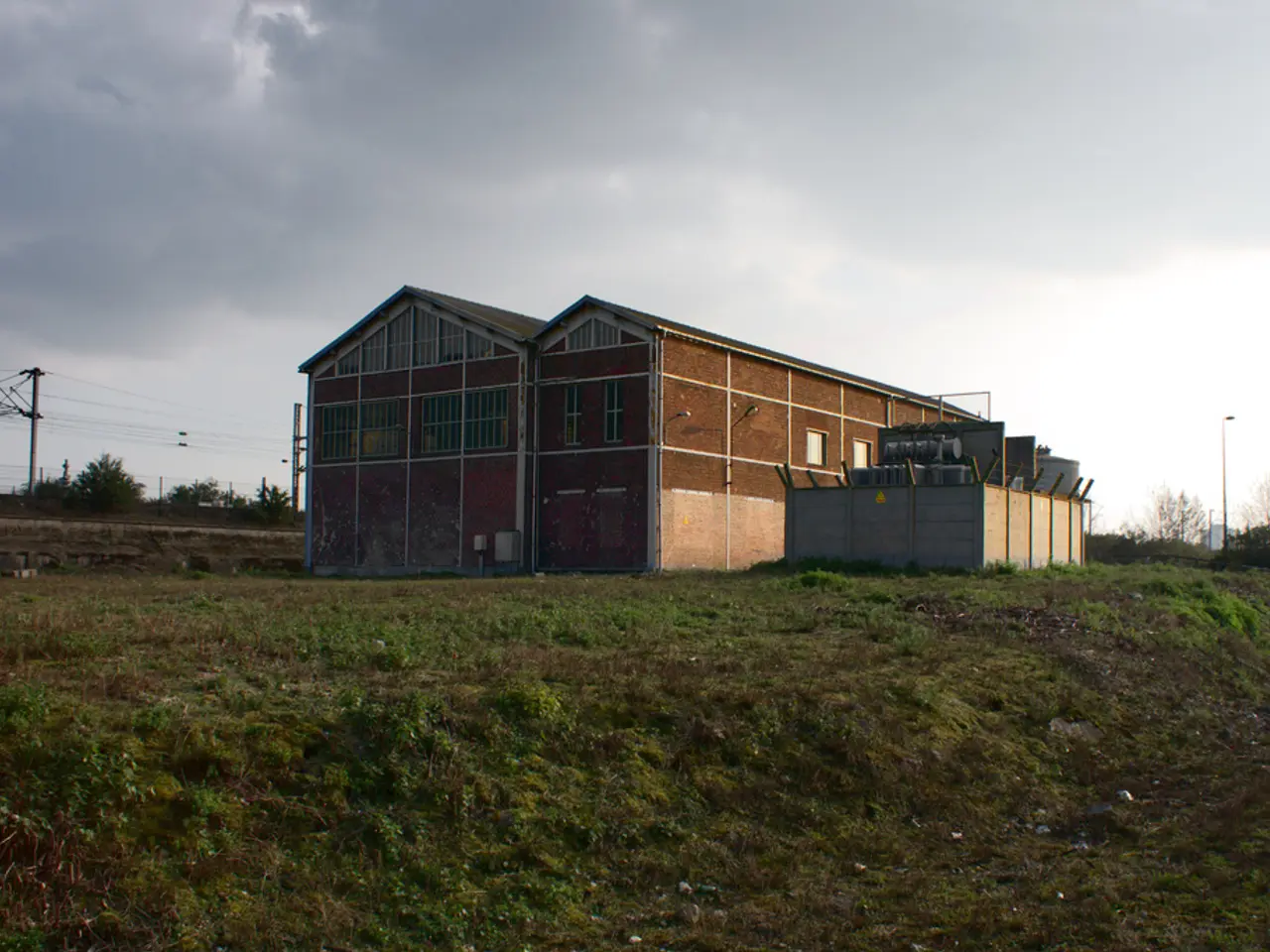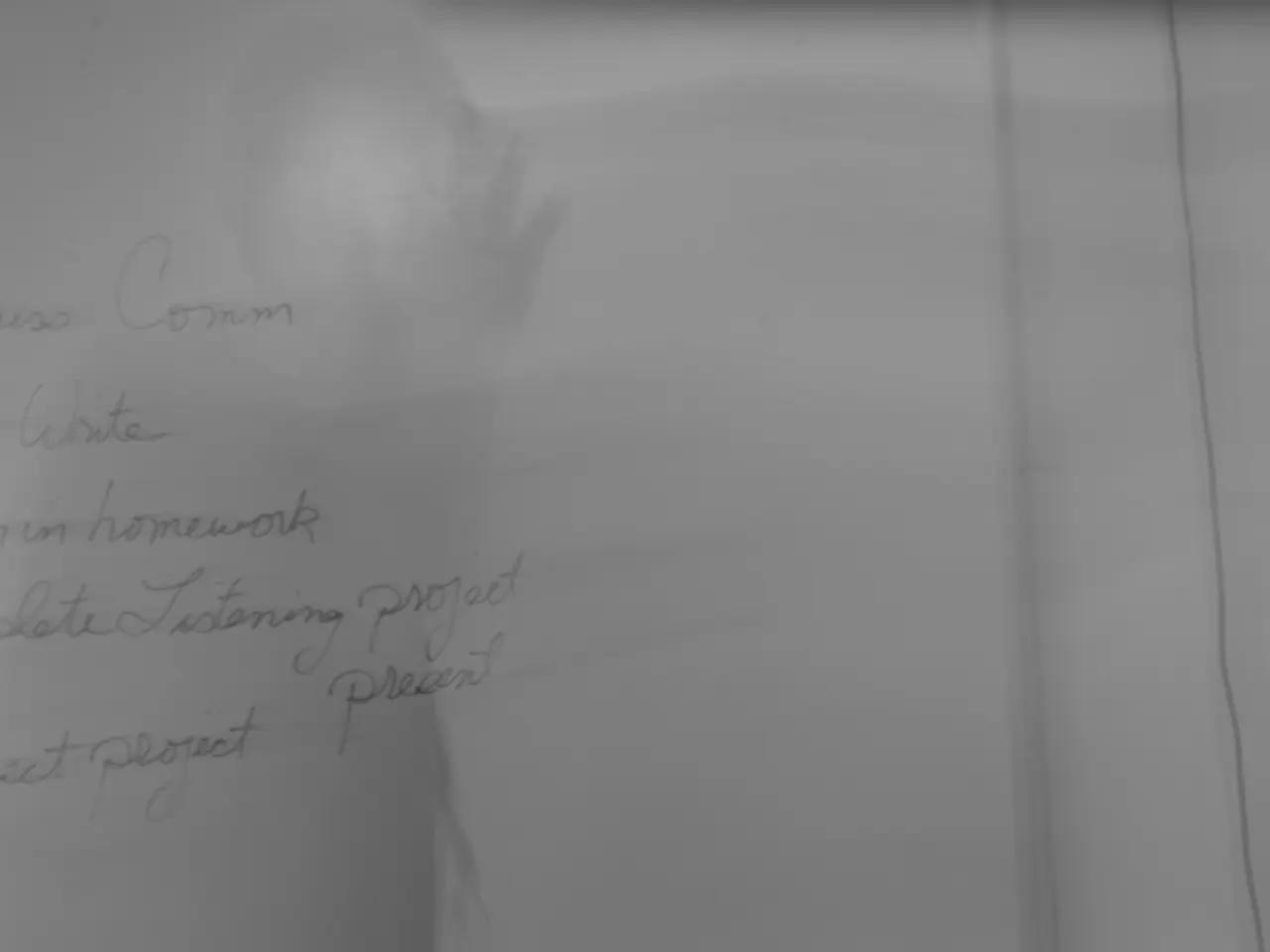Accelerated Hydrogen Shift in Germany's Agenda, Emphasizing Speed Highlighted in Draft
Germany is taking bold steps to accelerate its hydrogen economy, aiming for a flexible and swift transition towards clean energy. The updated hydrogen strategy, published on July 12, 2023, in Frankfurt, focuses on speed and flexibility to meet ambitious climate and energy security goals.
Key elements of the strategy include:
Production Targets
Germany aims to rapidly scale up green hydrogen production using renewable electricity, particularly wind power in northern Germany. The Ministry of Economy estimates domestic hydrogen demand could reach between 95-130 terawatt hours (TWh) by 2030, with approximately 50%-70% needing to be imported[1]. To support supply, the strategy also includes "low-carbon" blue hydrogen as a transitional source to meet demand rapidly[1]. By 2045, the estimated demand could reach 360 to 500 TWh, plus an additional 200 TWh for hydrogen derivatives[2].
Infrastructure Plans
Germany is advancing a core hydrogen network by converting about half of its existing natural gas pipelines (9,700 km total) for hydrogen transport[2]. New LNG import terminals built since 2022 are designed to be hydrogen-ready, capable of switching from LNG to liquid hydrogen and ammonia by 2028[2]. A Hydrogen Acceleration Act is being implemented to streamline and prioritize key infrastructure, production, and import projects, increasing speed and regulatory certainty[4].
Regional Focus
Research suggests electrolysers should be concentrated in northern Germany to convert abundant offshore wind into green hydrogen, while southern Germany prioritizes battery storage for solar power, optimizing cost and reliability for energy transition[1].
Market and Policy Context
Germany's strategy aligns with the EU’s hydrogen regulatory framework, including emissions criteria for renewable and low-carbon hydrogen adopted between 2023 and 2025, enhancing investor certainty and accelerating scale-up[3]. Subsidies focus on hydrogen use rather than production, reflecting a market-driven approach[2].
Implications for the Green Hydrogen Market
The strong government push, infrastructure readiness, and integration with EU policies position Germany as a major hydrogen demand and import hub. Germany’s active international hydrogen partnerships aim to secure low-cost renewable supplies and foster technological and industrial cooperation, spreading value creation beyond domestic borders[5][2].
The German coalition government has set a target of 10 gigawatts (GW) of green hydrogen production by 2030, which is eligible for direct financial support[1]. The hydrogen projects in Germany are intended to be embedded within trans-European hydrogen grids amounting to 4,500 km[2]. The hydrogen projects in Germany may receive partial support under Europe's important projects of common interest (IPCEI) schemes[2].
While environmentalist hardliners oppose all non-green varieties of hydrogen, viewing them as a lifeline for fossil fuel incumbents, the draft paper suggests greater tolerance for fossil- and nuclear-derived hydrogen, with carbon sequestration as a part of the plan[1].
In summary, Germany’s hydrogen strategy balances rapid deployment, a flexible mix of production pathways, and infrastructure modernization to support a robust green hydrogen market, critical for decarbonizing heavy industry, power, and mobility sectors while enhancing energy independence and resilience. For the latest news on the hydrogen market, visit our website.
[1] German Federal Ministry for Economic Affairs and Climate Action (BMWK). (2023). Germany's Hydrogen Strategy 2030 and Beyond. Retrieved from [link] [2] European Commission. (2023). Germany's National Hydrogen Strategy. Retrieved from [link] [3] European Commission. (2023). EU Hydrogen Regulatory Framework. Retrieved from [link] [4] German Federal Government. (2023). Hydrogen Acceleration Act. Retrieved from [link] [5] German Federal Ministry for Economic Affairs and Energy (BMWi). (2023). Germany's International Hydrogen Partnerships. Retrieved from [link]
- Germany's strategy for its hydrogen economy includes a focus on rapidly scaling up green hydrogen production, using renewable electricity, especially wind power in northern Germany, to meet domestic demand and potential imports.
- As part of its infrastructure plans, Germany is converting half of its existing natural gas pipelines for hydrogen transport, totaling 9,700 km, and is implementing a Hydrogen Acceleration Act to expedite key infrastructure, production, and import projects.
- By 2045, the estimated hydrogen demand in Germany could reach between 360 to 500 terawatt hours, with potential support under Europe's important projects of common interest (IPCEI) schemes.
- Germany's hydrogen strategy aims to balance rapid deployment, a flexible mix of production pathways, and infrastructure modernization to support a robust green hydrogen market, hoping to decarbonize heavy industry, power, and mobility sectors, while enhancing energy independence and resilience.




